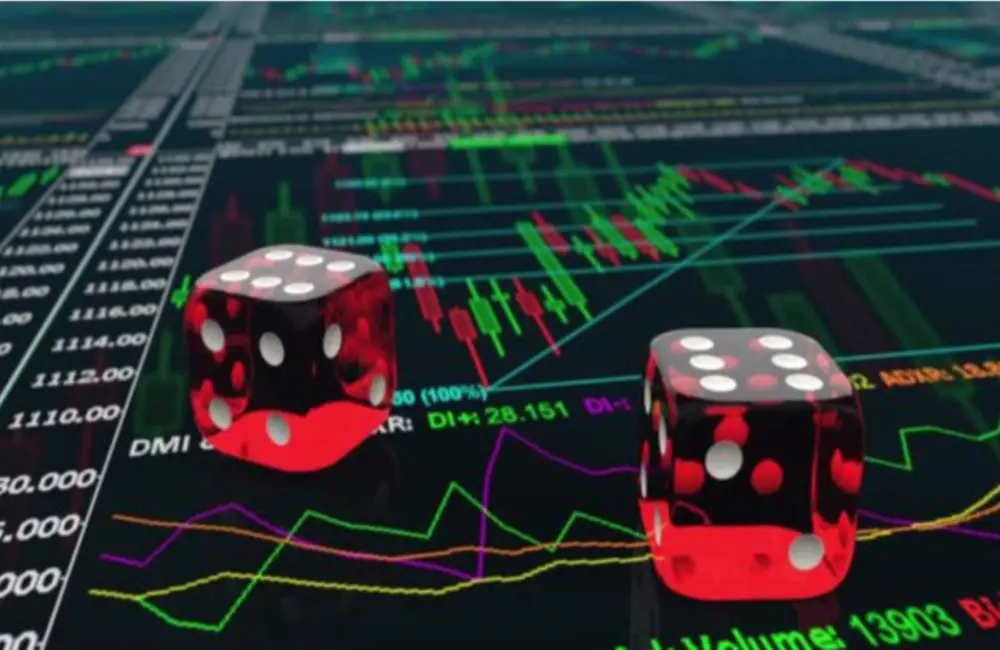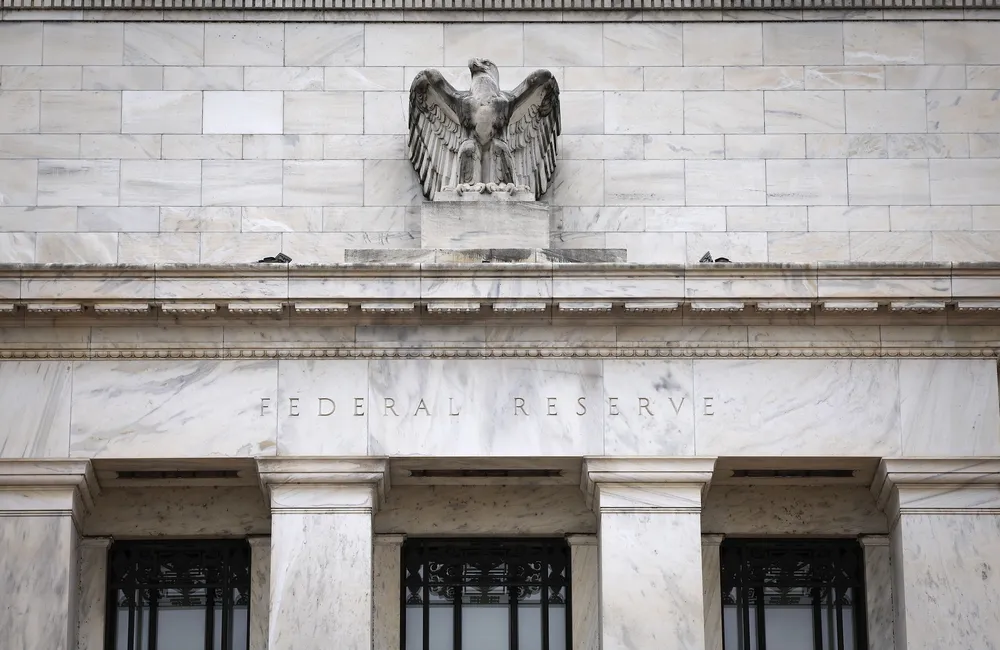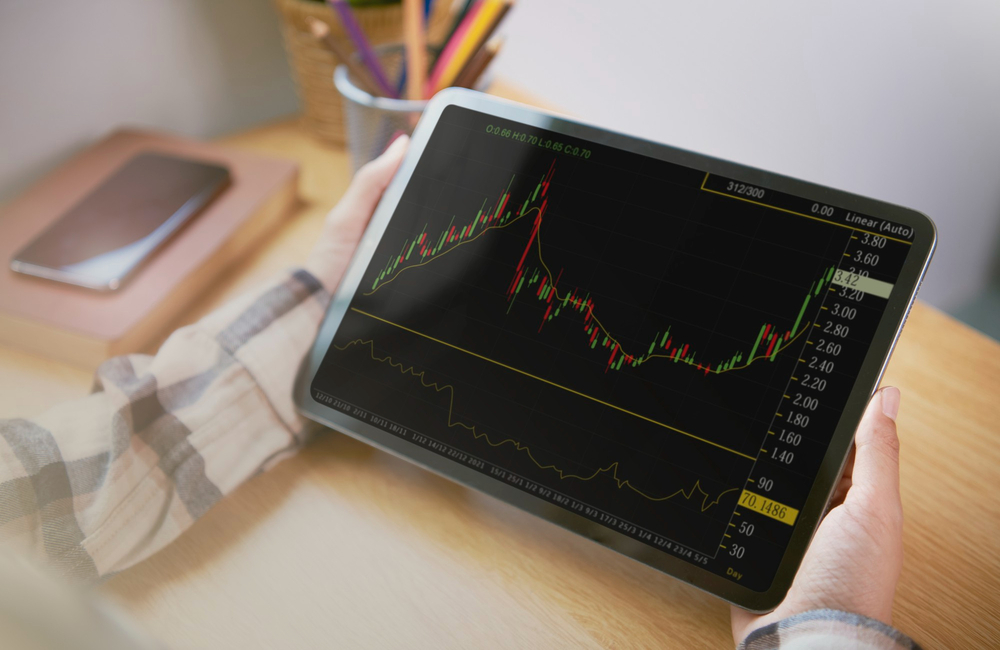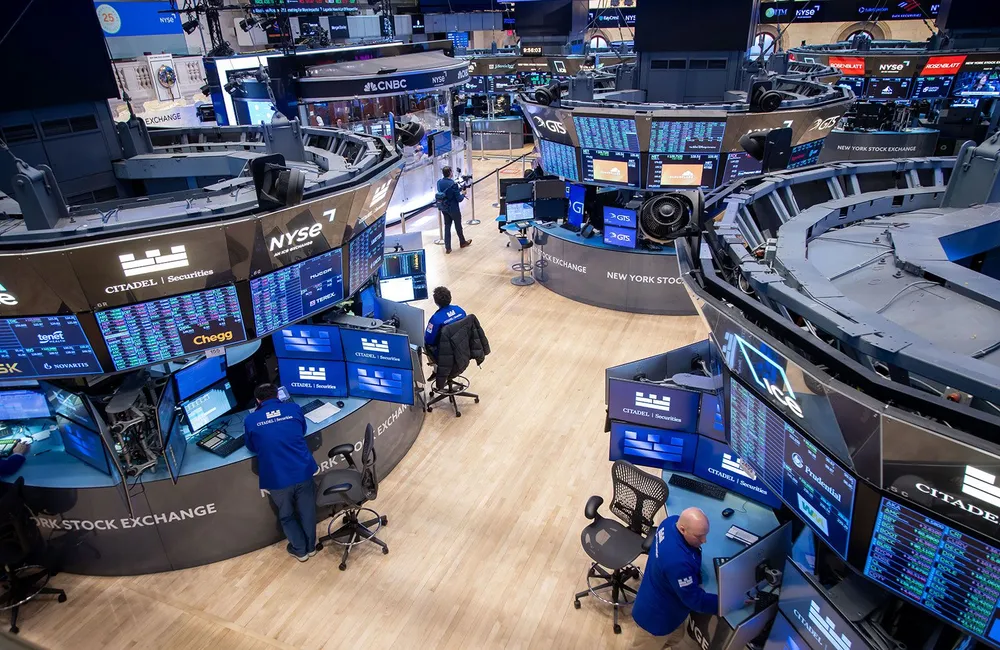ASX futures had fallen 51 points or 0.7 per cent to 7094 near 8.00 am AEST, indicating a negative start to trade.
US stocks closed out the week with losses Friday as threats of an invasion of Ukraine and a more uncertain monetary policy path weighed on market sentiment.
The S&P 500 fell 0.7% on Friday, while The Dow Jones Industrial Average fell 0.7%. The Nasdaq Composite fell 1.2%.
For the week, the S&P 500 slipped 1.6 percent, extending its drop this year to 8.8 percent. The Dow Jones Industrial Average fell 1.9% for the week, and the tech-heavy Nasdaq Composite declined 1.8%.
At home, the S&P/ASX 200 fell 1.0 per cent to 7221.7, losing just about all its weekly gain as fears over Russia and Ukraine lingered. All but one of the ASX 200's 11 sectors closed in the red. The ASX 200 finished the week with a gain of less than 0.1%.
The materials sector finished flat due to gains in shares of gold miners, seen by investors as relatively safe assets.
The major financials sector dropped 0.9%, dragged lower by banking shares and QBE's 8.7% tumble. The insurer was the biggest laggard among ASX 200 components after unveiling a new, more conservative dividend policy.
Origin Energy lost 8.3% after it was cut to underweight by JP Morgan.
AGL energy launched an $8 billion bid on Saturday from Atlassian co-founder Mike Cannon-Brookes and Canadian asset management Brookfield. The offer, which was slightly above the stock's closing price of $7.16 on Friday, is said to have been rejected by the board of the company, according to early reports.
In other overseas trading, the pan-continental Stoxx Europe 600 slipped 0.8 percent on Friday. Asian major indexes ended mixed. China’s Shanghai Composite gained 0.7%, while Japan’s Nikkei 225 fell 0.4%. Hong Kong’s Hang Seng fell 1.9%, dragged lower by Meituan, which dropped 15% after China said the nation’s food-delivery platforms should cut the fees they charge merchants.
In commodities, gold futures dipped 0.1% to $US 1899.80 a barrel, its highest since June 2021; Brent crude rose 0.6% to $US93.54 a barrel; Iron ore fell 0.4% to US$134.
In bond markets, the yield on the Australian 10-year bond climbed to 2.24%. The US 10-year Treasury yield dipped to 1.93%. Yields fall when prices rise.
At 8:00, the Australian dollar was worth 71.74 US cents, with the previous day's close at 71.85. The WSJ Dollar Index, which measures the US dollar against 16 other currencies, crept up to 89.74.
Asia
Back in Asia, Chinese shares finished broadly higher, supported by advances in financial stocks. The Shanghai Composite Index was up 0.7% while the Shenzhen Composite Index and ChiNext Price Index gained 0.4% and 0.5%, respectively. China’s February one-year and five-year loan prime rate fixing decision due on Monday is expected to be investors’ immediate focus, United Overseas Bank (UOB) says. We believe the PBOC has additional room to cut the LPR, but any likely cuts will be small, UOB says. Bank of China, Bank of Shanghai and Industrial & Commercial Bank of China each rose 0.6%, lifting financial stocks.
The Hang Seng Index in Hong Kong ended 1.9% lower, as Russia-Ukraine tensions persist to dampen global investor sentiment, KGI Securities said. Shares probably followed the plunge in US stocks overnight, which was led by financial and technology stocks, according to KGI Securities. Best performers were led by Meituan, which finished 14.9% lower after China said it will guide delivery platforms to reduce costs and offer more support to vendors. Other losers included ANTA Sports, which dropped 4.4% and Techtronic Industries, which fell 3.8%. Leading gains was China Resources Land, which ended 5.1% stronger.
Electronics shares led Japanese stocks lower amid ongoing geopolitical uncertainty over Ukraine. Fanuc fell 5.8%, and Tokyo Electron Ltd. shed 2.4%. The Nikkei Stock Average declined 0.4%. USD/JPY: 115.18, up from 114.93 Thursday, 5 pm New York Time. USD/JPY Benefits on Reports Blinken, Lavrov to Meet Next Week. The Yen is considered by many investors to be a safe-haven currency.
Europe
European shares were down as investors remained on the sidelines amid continuing geopolitical volatility in eastern Europe. The pan-European Stoxx 600 lost 0.8%.
European markets looked more positive Friday as caution over the week, that there wouldn’t be too many negative developments ahead of that US-Russia meeting next week, fades, CMC Markets says.
“This early exuberance was soon dissipated however, after it was reported that separatist leaders in Eastern Ukraine were evacuating their citizens in the region into Russia for their own safety,” says CMC analyst Michael Hewson.
In London, the FTSE 100 was down 0.3 percent on Friday, with tensions over Ukraine continuing to rattle investors as reports of evacuations in the east of the country raised alarms.
“The main drags on the FTSE 100 have been banks, and the oil and gas sector, as the first weekly decline in Brent crude this year weighs on the sector,” CMC Markets UK said.
And once again, Evraz, a steelmaker with operations in Russia, was one of the biggest losers, with shares closing down 7.2 percent on Friday. If Russia invades Ukraine, the company could be caught up in potential sanctions against Russia.
North America
US stocks ended the week lower Friday, weighed down by the potential for an invasion of Ukraine and an unclear path for monetary policy.
On Friday, both the S&P 500 and The Dow Jones Industrial Average dropped 0.7%. The Nasdaq Composite fell 1.2%.
The S&P 500 lost 1.6 percent for the week, and was down 8.8 percent this year. The Dow Jones Industrial Average fell 1.9% this week, and the tech-reliant Nasdaq Composite dropped 1.8%.
Investors monitored headlines over the week regarding the situation in Ukraine. US officials said they expect a Russian attack on Ukraine within the next few days, and that the prospects for avoiding war look dim.
A conflict would introduce fresh volatility into markets, with the increase in geopolitical uncertainty leading some traders to sell now and ask questions later.
“It could make for a more risk off environment in which investors simply want to step away from more risky assets toward safer assets,” Michael Sheldon, chief investment officer at investment advisory firm RDM financial group.
The war between Ukraine and Russia could keep inflation rates elevated in developed economies for a longer period of time by disrupting supplies of key commodities, said Hani Redha, a portfolio manager at PineBridge Investments. Russia is one of the world’s largest oil suppliers and its biggest wheat exporter, and a major producer of metals including palladium, aluminium and nickel.
“It all gets added to this delay in resolving the inflation situation because inflation is really the big question that will determine the extent markets play out,” Mr. Redha said. He predicts markets will be choppy as investors seek to gauge how central banks will act on high prices and where the Ukraine war is heading.
Federal Reserve officials at their January meeting floated an accelerated timeline for raising interest rates as they worried about persistently high inflation, according to minutes from the meeting released on Wednesday. The exchange indicated central bank officials were willing to raise rates at back-to-back policy meetings, potentially clearing the way for a string of rate increases in March, May and June.
Investors have had to navigate a raft of mixed signals, said Victoria Fernandez, chief market strategist at Crossmark Global Investments. There are the concerns of geopolitical tensions, high inflation and uncertainty over the direction of monetary policy. In contrast, Ms. Fernandez added that corporate earnings have been decent and that she believes inflation may eventually peak in the first half of the year.
“It really depends on the day and the economic numbers that come out as to which side wins this tug of war,” she said.
The stock-market declines Friday were widespread, with 10 of the 11 sectors of the S&P 500 retreating. The technology sector was also the laggard, down 1.1%. The consumer staples sector was a noticeable exception, lifting 0.1% for the day.
Among individual stocks, shares in Shake Shack dropped $3.11, or 4.1%, to $72.07 after the burger chain forecast revenue this quarter that came in below hopes. Shares of Roku Inc. fell $32.25, or 22%, to $112.46 after the company said supply-chain problems continued to impact growth and tv sales.
Shares of DraftKings fell $4.77, or 22 percent, to $17.29 after the sports-betting company said it expected its adjusted loss to widen this year for its launches in states such as New York and Louisiana.
In bond markets, the yield on the benchmark 10-year US Treasury note fell to 1.930% Friday, compared with 1.972% Thursday. (Prices of bonds increase, and yields drop.)
Brent crude, the international oil standard, added 0.6 percent on Friday to $93.54 a barrel.





















